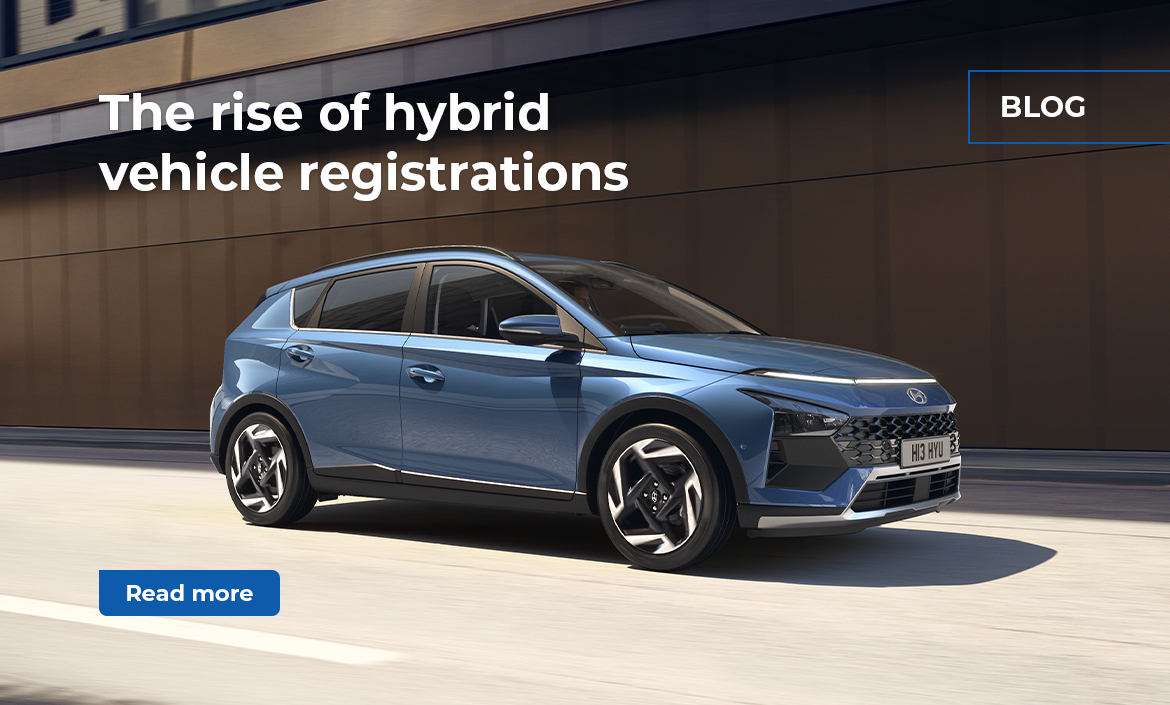Hybrid vehicle registrations are on the rise, signaling a shift in the automotive industry. More drivers and businesses are choosing Hybrid Electric Vehicles (HEVs) and Plug-in Hybrid Electric Vehicles (PHEVs). These vehicles offer a smoother transition from traditional petrol-powered cars to fully electric vehicles. As these models occupy a larger share of new car registrations, they are proving to be an important step toward a more sustainable future.
What Are Hybrid Vehicles?
Using both fuel and electric power, hybrids have both a petrol or diesel engine and an electric motor. This is different from fully electric cars, which only use batteries, allowing hybrids to act as a middle point between traditional cars and purely electric vehicles.
- Mild Hybrids: These vehicles have a small electric motor that helps the petrol/diesel engine. They improve fuel economy and reduce emissions but can’t run on electric power alone.
- Full Hybrids: Have larger batteries and motors, allowing them to drive short distances on electric power alone. The petrol/diesel engine is used when more power is needed.
- Plug-in Hybrid Electric Vehicles (PHEVs): PHEVs have larger batteries that can be recharged by plugging them into an external power source. They can travel longer distances on electric power, with the petrol/diesel engine being activated for longer trips.
This results in a better fuel economy, lower emissions, and provide greater flexibility. Drivers can travel longer distances without worrying about recharging. These vehicles are becoming more popular, especially for fleet use. Fleet operators find hybrids a practical choice because they cut down on emissions and improve fuel economy without requiring a lot of charging stations.
The Growth in Registrations
SMMT recently reported on the developed demand of electrified vehicles, discovering that they accounted for 42% of the new cars registered in July. Popular models included the Kia Sportage, Nissan Qashqai, Ford Puma, Volvo XC40 and Hyundai TUCSON, all of which have a hybrid variant available.
The data shows a strong increase in new HEV and PHEV registrations. HEVs have grown by 31.4% obtaining a 14.5% share of the market. Whereas, PHEV registrations have also risen by 12.4% over the last year, now making up 8.9% of the market. This growth shows that more people and businesses are looking for a middle ground between traditional and electric cars.
Fleet registrations are a significant part of this trend, especially with the popularity of salary sacrifice schemes. Many businesses want to reduce their carbon footprint and meet stricter emissions rules. Hybrids offer a cost-effective way to do this. The models can use electricity or fuel, which is great for city driving and reducing emissions.
Why Hybrids are a Smart Middle Step
Government mandates and targets for 2035 have led to much conversation about the direction of the automotive industry across the last few years. The rise in these hybrid vehicle registrations reflects a larger trend an spotlights the importance of hybrid vehicles for shifting the public mindset.
Drivers are slowly moving from internal combustion engines (ICE) to fully electric vehicles. While electric cars are the end goal for cutting emissions and reducing fossil fuel use, hybrid models offer a practical middle step.
- Cutting Emissions: Hybrids reduce emissions by using electric power for short distances and low-speed driving. This is especially helpful in cities where stop-and-go traffic can lead to higher emissions from fuel engines.
- Better Fuel Economy: Hybrid vehicles use less fuel than traditional cars. The combination of fuel and electric power helps vehicles get better mileage. This can lead to lower fuel costs, especially for fleets or varying sizes.
- Electric-Only Range: PHEVs can travel further on electric power alone. This allows drivers to complete short trips, like daily commutes, without using fuel. For longer trips, the fuel engine kicks in, so there’s no need to worry about finding a charging station.
- Convenience: One challenge with fully electric cars is the need for charging stations. While the network is growing, it’s not as widespread as traditional petrol stations. Hybrids offer the convenience of traditional refueling while still using electric power. This makes them a good choice for drivers who want to reduce their environmental impact without giving up convenience.
The increase in hybrid registrations shows that more people recognise the benefits of these vehicles. Hybrids offer better fuel economy, lower emissions, and a practical solution for all drivers. As we collectively look to move towards a wider adoption of electric cars, hybrids will continue to play a crucial role in creating a cleaner, more efficient transition system.
Get in touch for any of your fleet queries:
If your business needs any assistance, with setting fleet budgets, or would like to understand more about what vehicles fit into your fleet budget, get in touch today. Our experts can offer guidance regarding alternative fuel types and whole-life cost analysis.


